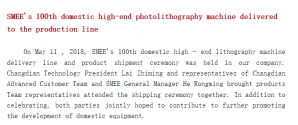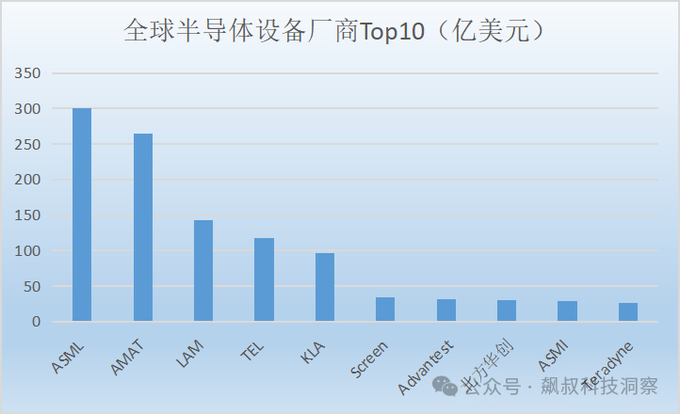That's how bad the lithography situation is in China right now and I don't think it's realistic for mass production of EUV within this decade, maybe a prototype or two at most
FOR GOD SAKE MAN, they tested a EUV prototype 7 years <SEVEN> ago, they are not starting today, they have years of experience with EUV related technologies, yes is not as flashy as ASML and is challenging but is not to be underestimated.
Is like that same crap that I hear over and over again from these know nothing humanities school think tankers that are now dictating semiconductor policy in D.C.
Is like that same crap that I hear over and over again from these know nothing humanities school think tankers that are now dictating semiconductor policy in D.C.
Chinese semiconductor industry
This Research Paper looks to have been published in 2022. It looks like they are making a huge national push in the development of LPP EUVL. The good news is that the Wuhan Uni and Huazhong Uni Team seems to have already developed a MOPA C02 Laser of at least 27kw Laser Power. This is similar...
www.sinodefenceforum.com



